Of heroes and heroines: The South Bend Symphony Orchestra opens its season with three dramatic works
- Oops!Something went wrong.Please try again later.
- Oops!Something went wrong.Please try again later.
Even before the South Bend Symphony Orchestra begins its 2019-20 season with Saturday’s Masterworks concert, it has scored a significant victory.
On Sept. 10, the Community Foundation of St. Joseph County named the SBSO the winner of this year’s Leighton Award for Nonprofit Excellence in recognition of “its strong leadership, artistic quality, and commitment to broadening its impact on our community.” The award includes a $150,000 matching challenge grant for the SBSO’s endowment.
“Now it’s time to live the award by presenting our first concert,” Maestro Alastair Willis says a day after the announcement. “Come and see. It’s a wonderful thing to be showcasing our orchestra so soon after such a prestigious award.”
Right from the start, the new season — Willis’ third as music director — continues the orchestra’s three-year “Living Beethovens” cycle of pairing a living composer with one of Beethoven’s nine symphonies.
For Saturday’s concert, Anna Clyne’s “This Midnight Hour” concludes the first half as a prelude to Beethoven’s Symphony No. 3, “Eroica,” after the intermission.
The program’s first work, Willis says, shares connections with both of the works that follow it: Richard Strauss’ “Don Juan” tone poem was as revolutionary as Beethoven’s third symphony, while both “Don Juan” and “This Midnight Hour” make use of women as central thematic inspirations.
Although composers such as Mendelssohn, Berlioz and Liszt has all written tone poems before Strauss, Willis says, the young composer revolutionized the form with “Don Juan” when he composed it in 1888 at the age of 24.
“The idea that somebody could tell a story without words is groundbreaking,” he says. “We had things describing things, but until Strauss, the story was pasted over a musical structure. Now, the story determines musical structure, and that’s what Strauss does.”
In this case, Strauss based the piece on Nikolaus Lenau’s unfinished 1844 play “Don Juan’s Ende,” which breaks from the typical characterization of the title character.
“It’s not so much the womanizer that we know, but he’s more of a philosophical dreamer in search of the perfect woman,” Willis says. “When I learned that, it made so much more sense to me. It’s important for me to know so that I don’t conduct with the wrong Don Juan in mind.”
As with the narrative nature of Strauss’ tone poem, the conductor says, Clyne’s “This Midnight Hour” has a cinematic feel to it.
“It’s like a super-compressed film,” he says. “There is no storyline, but as I’ve been studying the music, it feels like we’re immediately flung into action that’s threatening.”
Indeed, Clyne, who was 35 when she composed “This Midnight Hour” in 2015, tops the score with a quote from Spanish poet Juan Ramón Jiménez’s “La Musica”: “A woman, stripped bare, running mad through the night.”
Near the end of the score, Clyne references another poem, Charles Baudelaire’s “Harmonie du soir.”
In his notes for a performance of the piece by the Seattle Symphony, Paul Schiavo writes that the poem “speaks of ‘sounds and perfumes mixing in the night air;’ ‘melancholy waltzes and light-headed languor;’ ‘a tender heart that detests the vast, dark void.’”
The music at the end, Willis says, evokes those feelings.
“We hear this melancholy waltz at the end that, to me, sounds like an acceptance of fate,” he says. “It sounds like she’s no longer running but walking toward the inevitable.”
Like Mozart’s “Marriage of Figaro,” Wagner’s “Tristan und Isolde” and Stravinsky’s “The Rite of Spring,” Willis says, Beethoven’s third symphony is a defining moment in music that his audience wasn’t prepared for when it premiered in 1805.
“This is a symphony — it’s supposed to be entertaining, right?” he says. “He’s forcing his contemporaries and us to consider what a symphony should do. This is not simply entertainment, as the first and second symphony could be perhaps be considered. … This is a landmark symphony, really the transition from Classical to Romantic could be said to begin here.”
Its opening two chords, placement of the first theme with the cellos rather than the violins, overall length and use of a third horn all broke ground.
“We know it’s the beginning of his extremely productive middle period,” Willis says. “He stretches the boundaries of form, length, harmony — all sorts of harmonic clashes that have such power.”
And then there’s the second movement, a funeral march.
“The themes are more developed than any other funeral march, and this gives the emotional content time to develop and come through,” Willis says. “Whoever this funeral march was written for must have been a great person. The harmonies that he uses, the expressive use of dynamics, the long phrases, these sear into our hearts as we listen.”
Composed in 1803-04, right after he learned he had started to go deaf, the symphony originally was dedicated to and titled after Napoleon Bonaparte, then France’s First Consul. But after Napoleon appointed himself emperor in 1804, Beethoven removed that designation and retitled it “Eroica,” or “Heroic.”
“Beethoven was being as revolutionary in this symphony as were the times around him with Napoleon and the French Revolution,” Willis says. “But this is also part of his own revolution, his crisis of knowing he’s going deaf, so this symphony is a celebration of so many elements.”
But with Napoleon no longer the subject of the symphony, the question becomes, Who is the hero?
Willis says one possibility is Prometheus, the Greek Titan who championed humanity — and as a result, suffered — and who had been the subject of Beethoven’s 1801 ballet, “The Creatures of Prometheus.”
But he believes there’s a third candidate, the one he endorses as the piece’s true hero.
“It’s almost like a self-portrait,” Willis says. “The true hero is Beethoven. There are external hero influences, but I think Beethoven is the hero.”
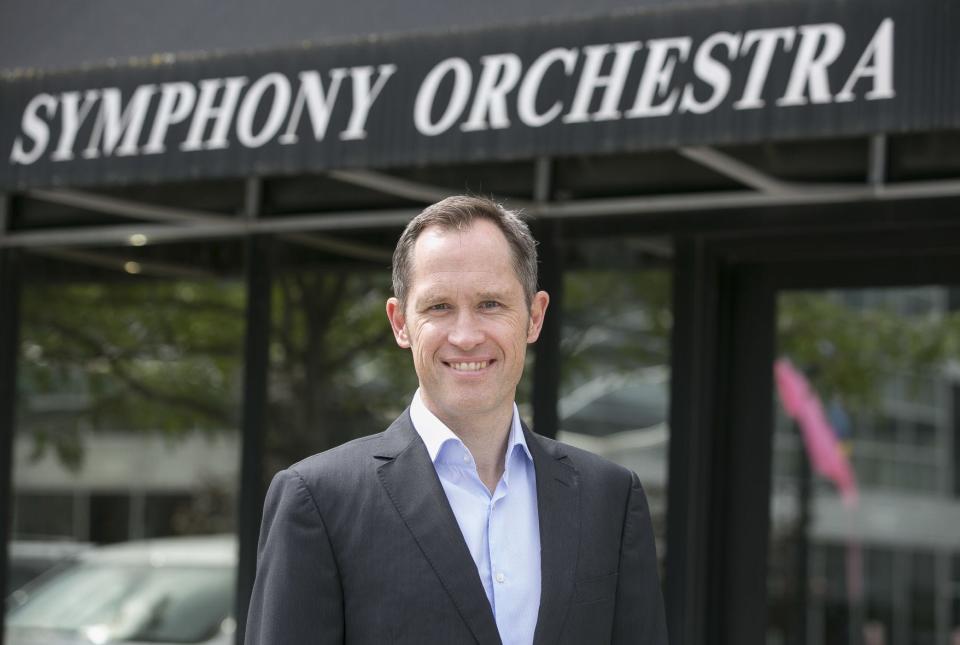

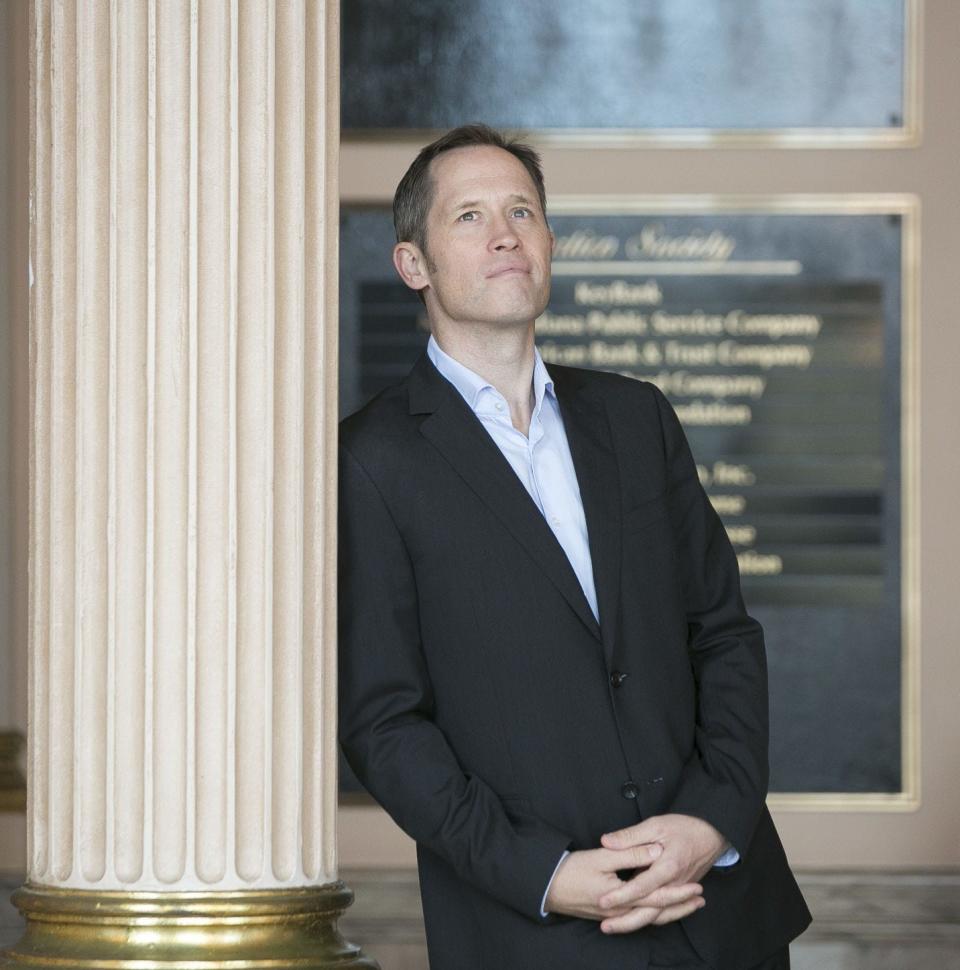
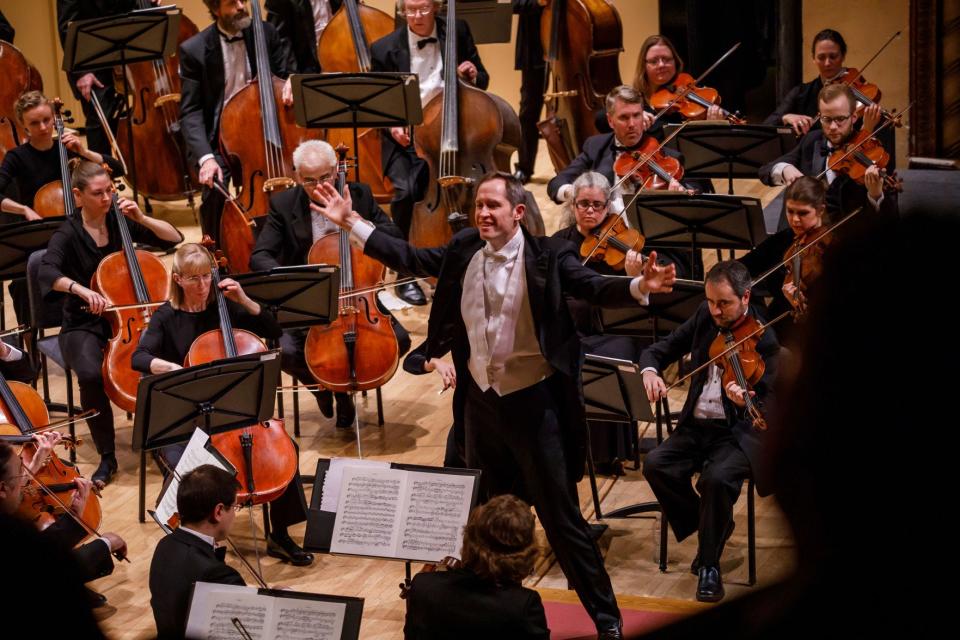
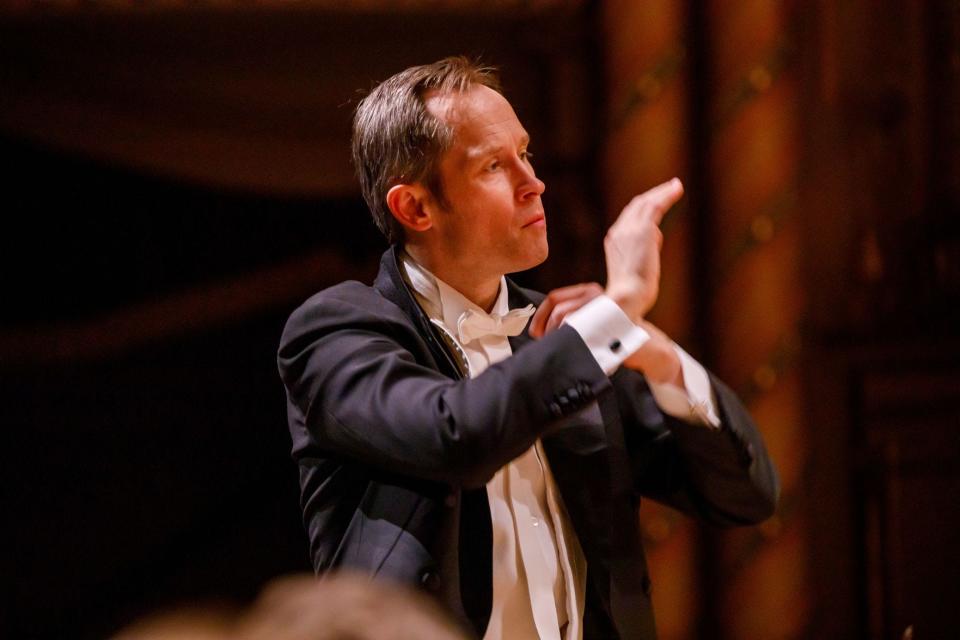
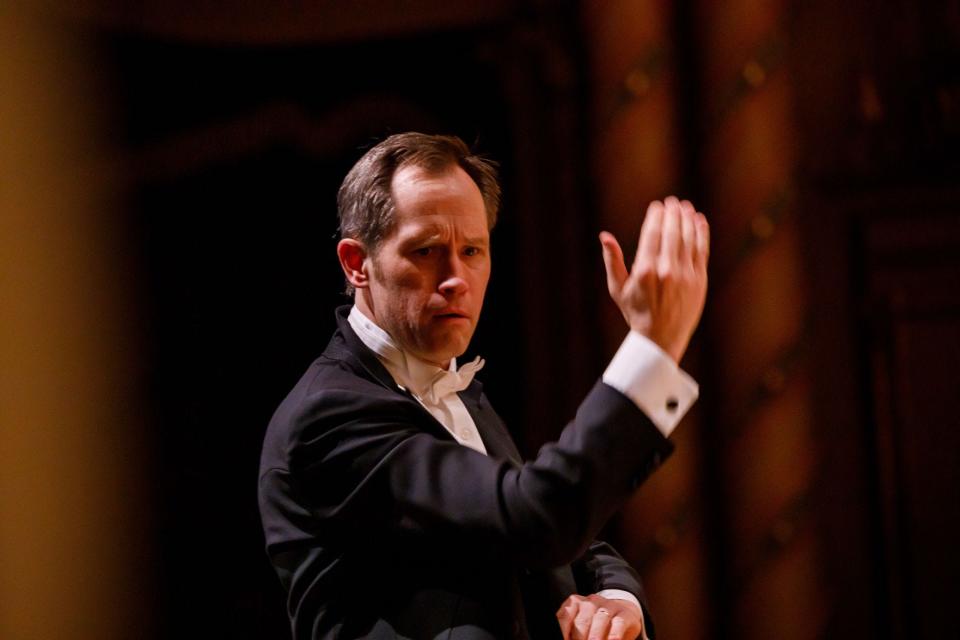
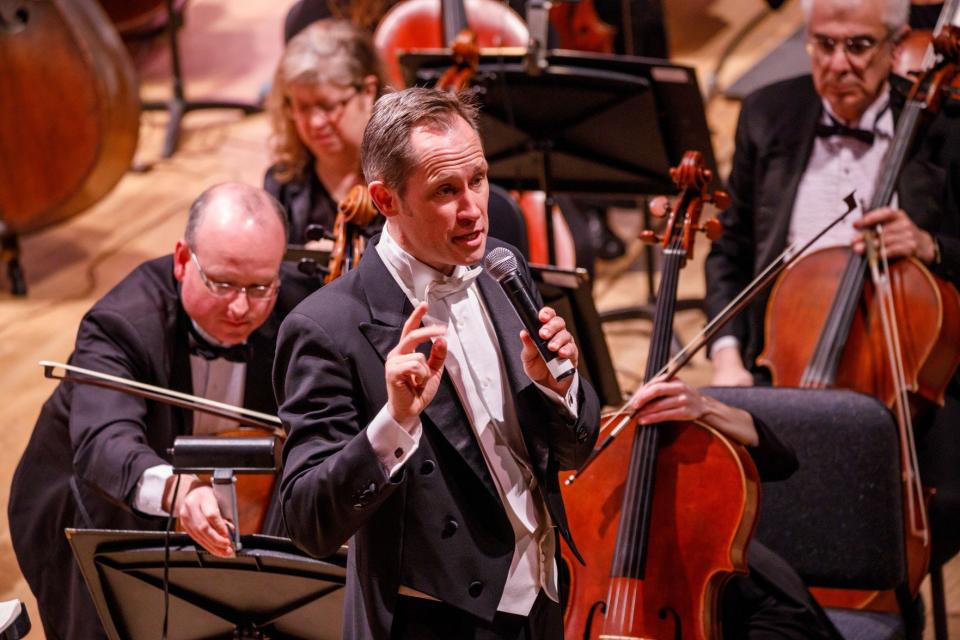
• Who: The South Bend Symphony Orchestra
• Where: The Morris Performing Arts Center, 211 N. Michigan St., South Bend
• When: 7:30 p.m. Saturday
• Cost: $70.50-$10
• For more information: Call 574-235-9190 or 800-537-6415 or visit morriscenter.org
This article originally appeared on South Bend Tribune: Of heroes and heroines: The South Bend Symphony Orchestra opens its season with three dramatic works

